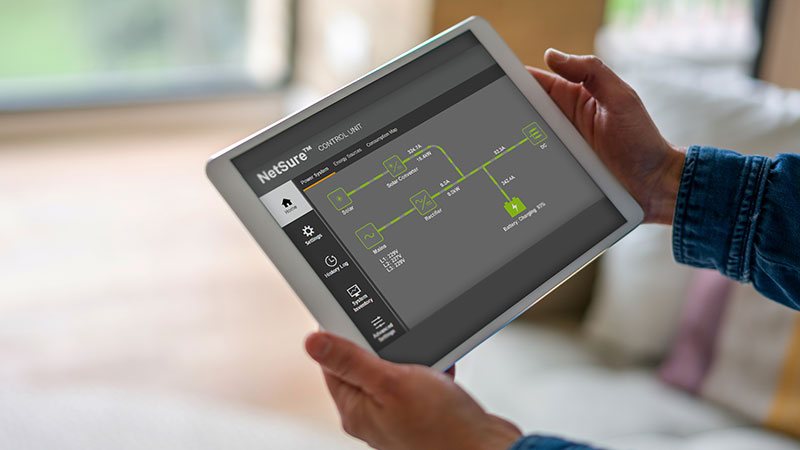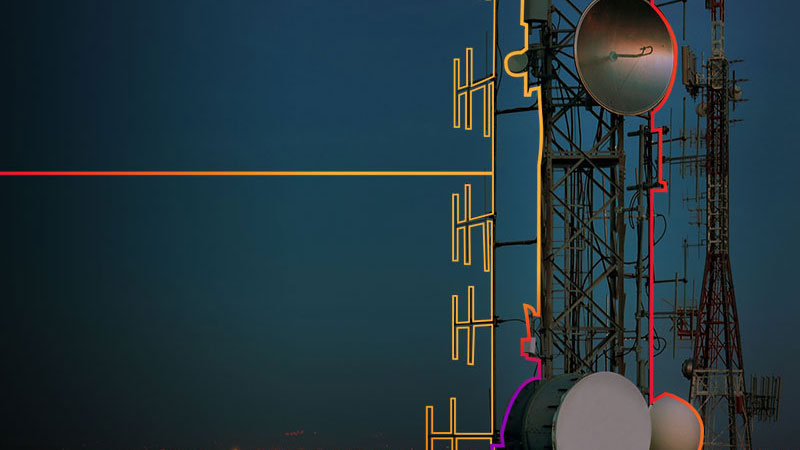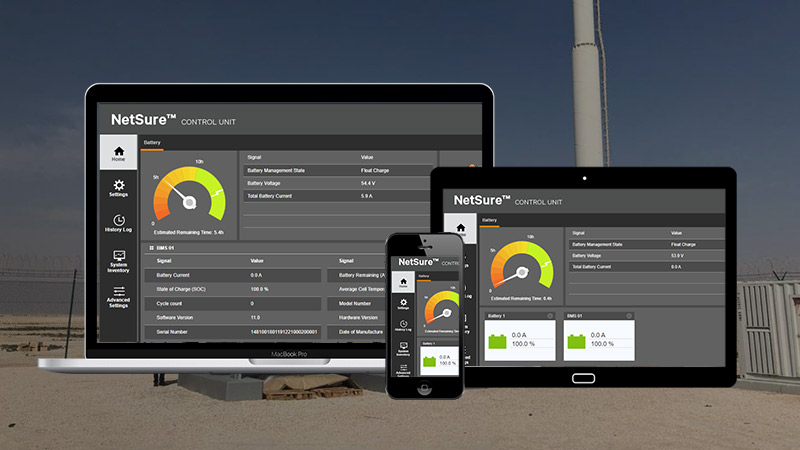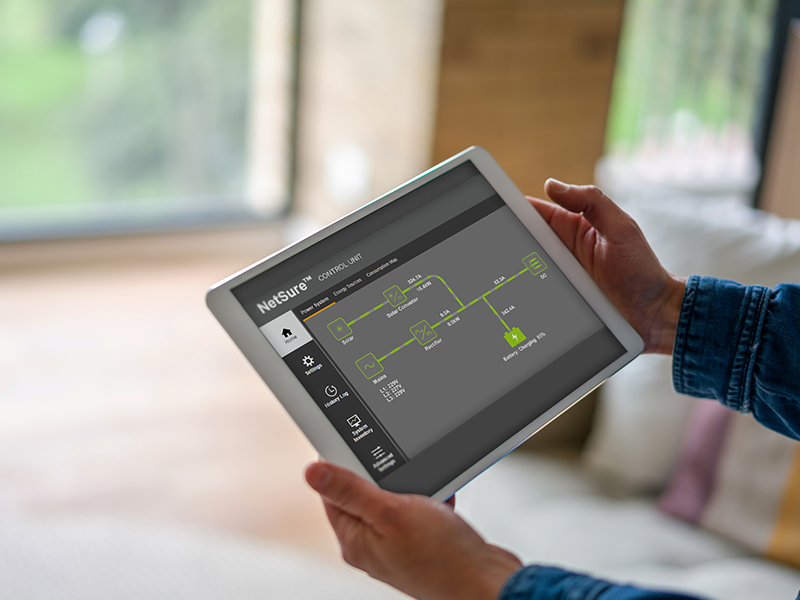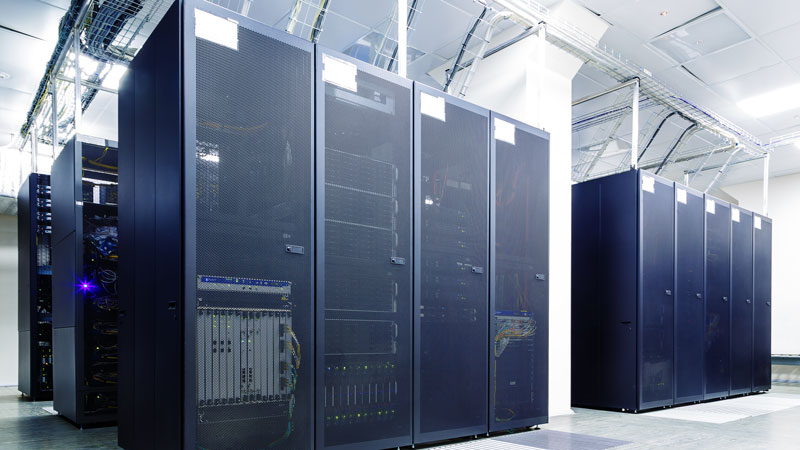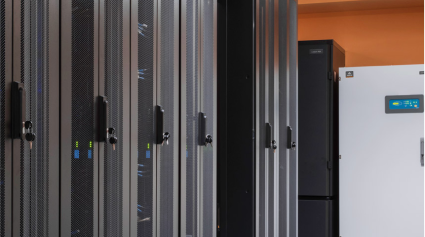It’s easy to get numb to the evolution of cellular technologies. The commercials are omnipresent, promising the largest, fastest, most reliable 3G … 4G … and now 5G network without as much as a nod to the significant technological advances this latest evolution requires.
The truth is this: 5G is different.
Brian Partridge, Research VP at 451 Research, called 5G “the most impactful and difficult network upgrade ever faced by the telecom industry," and he’s right. 5G networks aren’t just building on existing equipment and infrastructure. They’re something new entirely – a sophisticated hybrid of traditional telco and IT technology that didn’t exist five years ago and requires massive investment in IT deployments today.
Telecom operators and network engineers know this. They’ve been wrestling with the practical challenges of 5G for years – everything from real estate acquisitions to skyrocketing energy demands and drastically different thermal profiles at their sites.
The fact is: 5G sites require servers and additional IT equipment throughout the network at sites that were never intended to house such equipment. Those servers are sensitive to temperature and humidity and generate heat of their own that must be removed to prevent server failure. Heat and humidity isn’t a new challenge for telcos, who routinely deal with corrosion due to excess humidity in and around equipment in the access network. But servers add additional heat and are even more sensitive to heat and humidity.
Today’s more intelligent telco sites require a more intelligent cooling infrastructure and climate control system. At Vertiv, we’re tackling this with a patent-pending technology called Intelligent Climate Control (ICC). Here’s how it works: The ICC unit automatically adjusts the temperature and fan speed based on internal humidity levels to match the desired equipment humidity levels and optimize operating conditions within an outdoor telecom cabinet or enclosure – while complying with ETSI 300 019-1-3 (indoor) and ETSI 300 019-1-4 (outdoor) equipment standards.
The ICC unit also works seamlessly with the Vertiv™ NetSure™ Control Unit (NCU) to support and inform the NCU’s local and remote monitoring capabilities. We’ve written about everything the NCU can do in previous blog posts, and it’s a powerful tool when paired with other intelligent technologies. In this case, the ICC provides data on operating fan hours, fan alarms, fan functionality tests, clogged filters, and heater tests, allowing service teams to leverage the NCU’s remote functionality to plan routine maintenance for the radio access network (RAN) and minimize the need for emergency site visits.
Deployed in the Vertiv™ NetSure™ M Series outdoor enclosures for 5G radio and IT edge equipment, the ICC increases cooling capacity for 5G equipment and contributes to the system’s overall energy efficiency. Leveraging Intelligent Climate Control, high capacity and energy-efficient fan filter solutions, improved battery ventilation, and compatibility with lithium-ion batteries, the NetSure M Series delivers best-in-class efficiency. In fact, the ICC in the M Series was a Gold honoree in the Distribution and Routing Equipment category in this year’s Cabling Innovators Awards.

The rollout of 5G is accelerating around the world, and 6G is just around the corner. While the specifics of future generations of cellular technology may be beyond our reach today, one thing is certain: the need for computing throughout the network is only going to increase. Traditional telco cabinets and weatherproof electrical enclosures will take us only so far. Technologies like Intelligent Climate Control are central to building an IT-powered, future-proofed network capable of meeting operator and consumer needs today and in the future.
How is your organization managing the changing thermal profile at 5G sites?
Vertiv™ NetSure™ M Series outdoor enclosures are available in EMEA.



